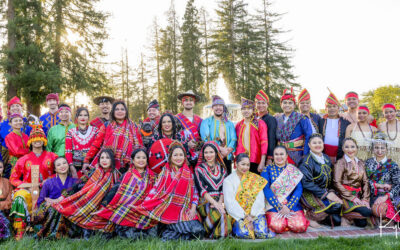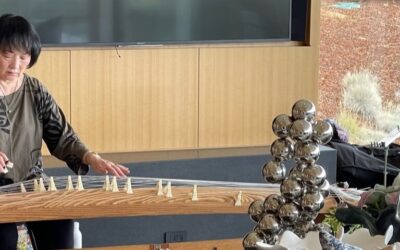Pangalay dancer and culture bearer
Nastaliq is the most popular calligraphy style in the Persian-speaking world. Nastaliq is mainly used to write Persian poetry, which alongside calligraphy occupies a significant place in the everyday life of Iranians. Since the ancient foundation of Islam, calligraphy has been the dominant and emblematic feature of Islamic art. The…
The lion dance is an important tradition to China. Usually the dance is part of festivities like Chinese New Year, weddings, funerals, cultural celebrations, and other community gatherings. Dating back to the Han Dynasty (3rd century), it was further developed during the Tang Dynasty (716-907 AD) and into its modern…
Odissi is the oldest of the eight classical dance forms of India, dating back to the 1st century BCE. A devotional dance typically performed by temple dancers in the east Indian state of Odisha, Odissi was suppressed under British rule (the colonial rulers considered it immoral). It was revived in…
Carnatic music is an ancient tradition of South Indian classical music that dates back for centuries. It is a complex system of music that requires both artistic and technical improvisation. The use of the violin for Carnatic music, both as an accompanying and solo instrument, was introduced in the 1700’s. …
Hindustani or North Indian classical music, a tradition that originated in the Vedic ritual chants, has been evolving since the 12th century. The sarod (or sarode) is a 25-stringed fretless instrument, used mainly in Indian classical music. Along with the sitar, it is among the most popular and prominent instruments…
The skakuhachi is a bamboo flute whose origin is in China but migrated to Japan around the sixth century. It was primarily played by Buddhist monks, who used it as a spiritual medium in order to master breathing techniques. The primary genres of shakuhachi are honkyoku (solo), sonkyoku (ensemble), and…
Hawaiian rich and ancient culture depends on plants, and still depends on them today. Native plants played a vital role in all aspects of life related to ancient Hawaiian culture. Learning about native Hawaiian plants and their medicinal and cultural uses has the capacity to connect Hawaii’s cultural past with…
Tsugaru shamisen is a three-stringed instrument which has its origins in the Tsugaru region of Aomori, Japan. The earliest form of shamisen made its way from China to Okinawa, Japan, in the 16th century. Of the three most common types of shamisen in Japan, the tsugaru shamisen is the largest…
Japanese Koto Music



